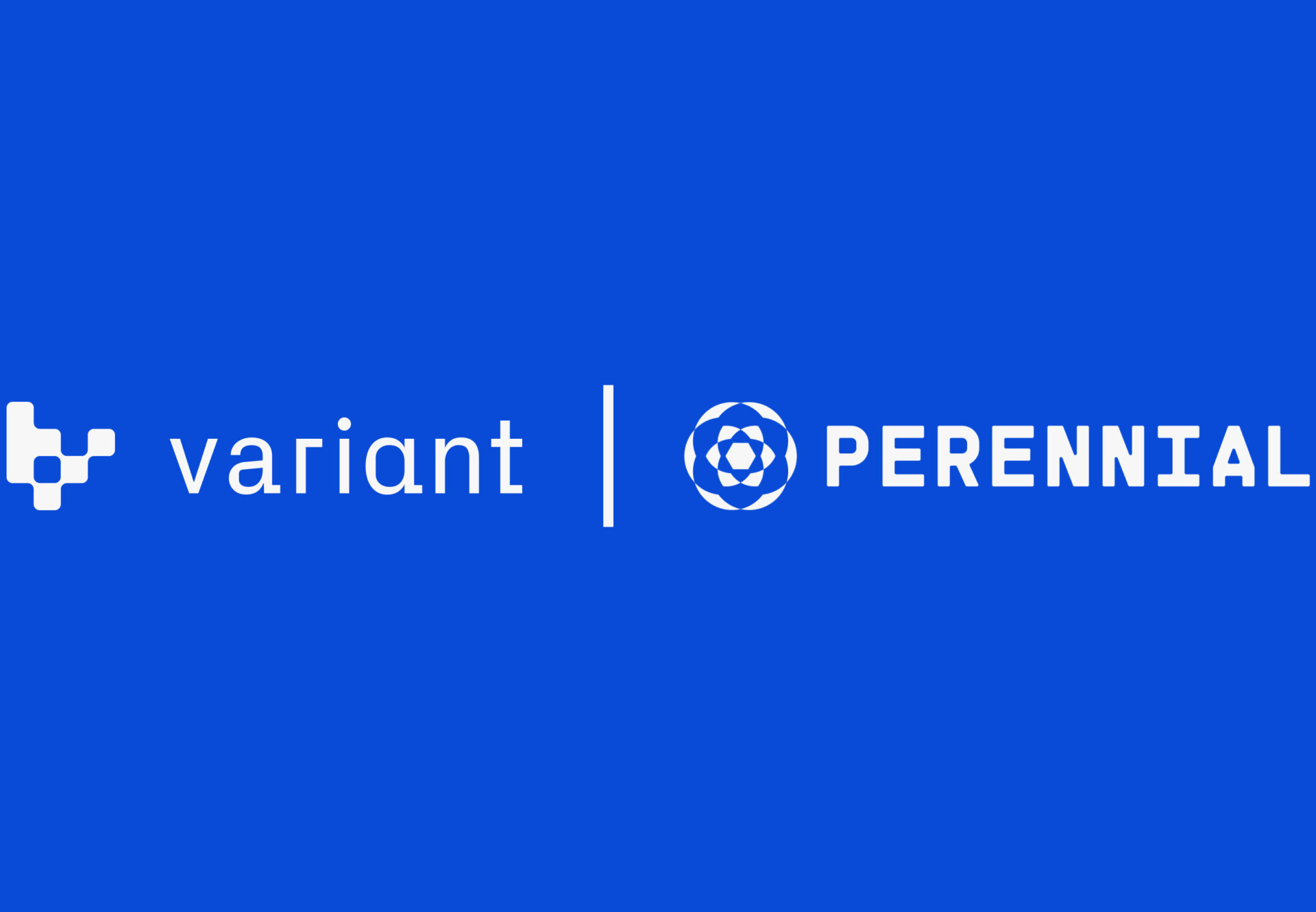Spencer Noon

Investing in Perennial: A New Era of DeFi Derivatives
Although derivatives are some of the most flexible and creative financial products in traditional finance (TradFi), their use has largely been confined to sophisticated investors due to their relatively complex and opaque markets. Early DeFi has shown a strong demand for decentralized derivatives, but current choices mostly consist of relatively simple products with limited liquidity and asset support.
Many of these mechanisms require heavy incentivisation to bootstrap liquidity, and yet it has still not been sufficient for scaling to the volumes DeFi is capable of — potential that exceeds even the trillion-dollar OTC derivatives markets of TradFi, given its ability to attract both institutions and broader groups of investors.
Cue Perennial, which is launching a decentralized protocol poised to disrupt the category and unlock entirely new classes of derivatives to empower both traders and DeFi builders.
The protocol expands choices for traders by offering a more flexible primitive with zero price slippage, and enables permissionless leverage with low fees, addressing core inefficiencies that have previously kept many investors from participating in decentralized derivatives markets.
For builders, Perennial unlocks a new paradigm: user-friendly infrastructure for developers that allows them to easily create (and experiment!) with new composable derivatives products. For instance, a DeFi protocol could create a complementary hedge against its core protocol — one that traders, larger LPs, market movers, and even the protocol itself could use to reduce the risk of their positions. In a category historically marked by walled gardens, Perennial allows any developer in the world to compose with derivatives.
These innovations ease the bottlenecks that have to date limited adoption of DeFi derivatives at scale, and may ultimately make them more safe, secure, and accessible to a mainstream audience.
What Perennial Offers
Perennial empowers developers to rapidly bootstrap entirely new financial products that leverage DeFi’s composability, featuring a capital-efficient, risk-mitigated, and minimalist design, giving traders access to permissionless leverage with no price slippage. These derivative markets can range from new and innovative products to more practical applications, such as hedging instruments. For example, using Perennial, Opyn could launch an inverse Squeeth market to allow traders to hedge its Squeeth offering, increasing the attractiveness of its core product for large market makers and smaller LPs.
The protocol can also be used in new and more experimental ways. For example, as NFTs emerge as a mainstream asset class, NFT perpetual markets (also known as perps) can be launched using Perennial. Perps are just one primitive advancing the financialization of NFTs by unlocking greater liquidity for traders, the ability for emerging NFT market makers to hedge exposure, and more. But Perennial-native markets will likely expand far beyond NFTs as more goods and assets are brought on-chain — think of liquid markets for neighborhood-level real estate, sneaker prices, and much more.
How Perennial Works
Perennial markets are initiated by a market operator, who determines the price feed, payoff function, utilization curve, and other parameters to launch the market. Operators can capture fees as well. Perennial markets will use Chainlink price feeds to start, but future markets can use Uniswap TWAP, Reservoir, and other oracles someday. These oracle integrations allow market operators to create derivatives for creative payoff functions of blue chip assets like ETH, NFT perpetuals to help collectors hedge, derivatives for long tail tokens, and much more.
Importantly, Perennial markets are peer-to-pool, a mechanism that unlocks a similar type of passive, long tail liquidity as Uniswap, but for derivatives — a more vast, creative asset class compared to spot. Unlike many projects, Perennial allows both trader and LP (essentially maker and taker) positions to be opened from the same collateral account, enabling both sides of the market to obtain leverage. This greatly improves LP capital efficiency. Finally, the protocol isolates individual markets and allows operators to introduce customized risk parameters, limiting contagion and allowing individual users to engage with markets suited to their risk tolerance.
To learn more about how Perennial works, read their documentation here.
Why we’re backing Perennial
Building a winning decentralized derivatives protocol requires deep technical expertise, a nuanced understanding of DeFi, and also a heavy dose of creativity to push the very limits of the category. Perennial was founded by Kevin Britz and Arjun Rao, who built Astro, a wallet acquired by Coinbase, where they contributed heavily to various DeFi initiatives. They are building a team of top DeFi talent, including Jacob Phillips, a former cryptography researcher at Polychain Capital.
Variant is thrilled to co-lead the seed round in Perennial and continue to support the project’s vision. Perennial just launched and continues to grow its community. Check out their announcement post, join the Discord, and follow them on Twitter for more updates.
***
Disclaimer: This post is for general information purposes only. It does not constitute investment advice or a recommendation or solicitation to buy or sell any investment and should not be used in the evaluation of the merits of making any investment decision. It should not be relied upon for accounting, legal or tax advice or investment recommendations. You should consult your own advisers as to legal, business, tax, and other related matters concerning any investment. Certain information contained in here has been obtained from third-party sources, including from portfolio companies of funds managed by Variant. While taken from sources believed to be reliable, Variant has not independently verified such information. Variant makes no representations about the enduring accuracy of the information or its appropriateness for a given situation. This post reflects the current opinions of the authors and is not made on behalf of Variant or its Clients and does not necessarily reflect the opinions of Variant, its General Partners, its affiliates, advisors or individuals associated with Variant. The opinions reflected herein are subject to change without being updated.

